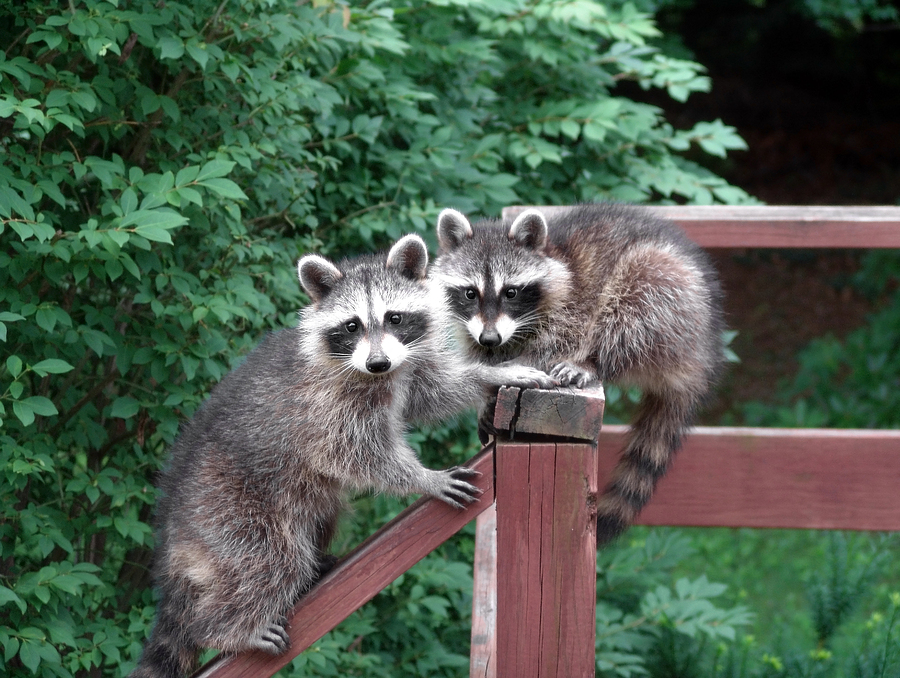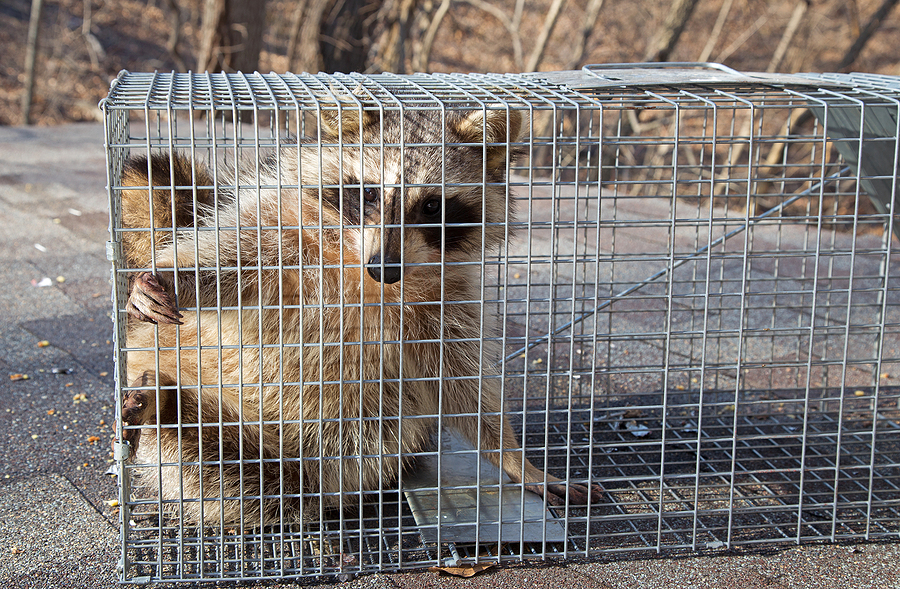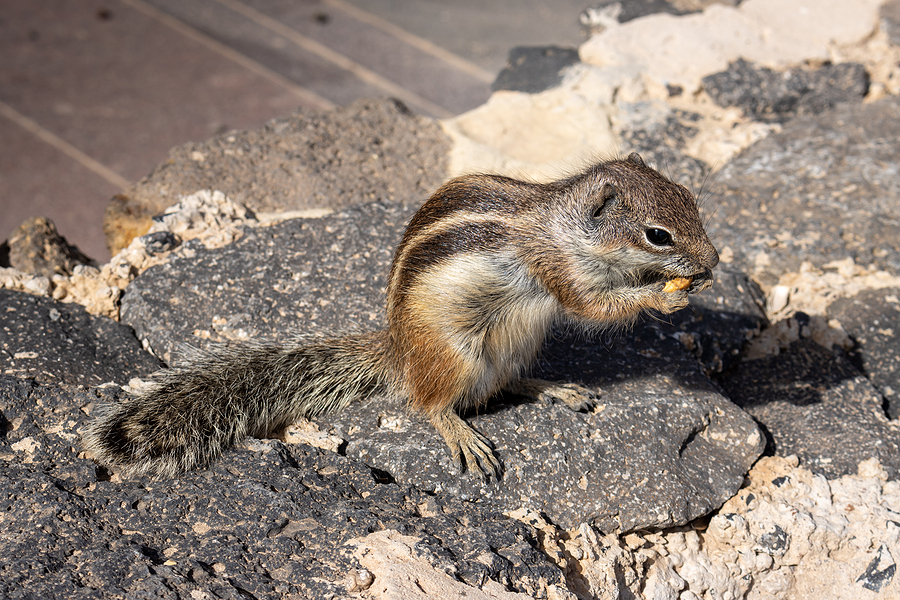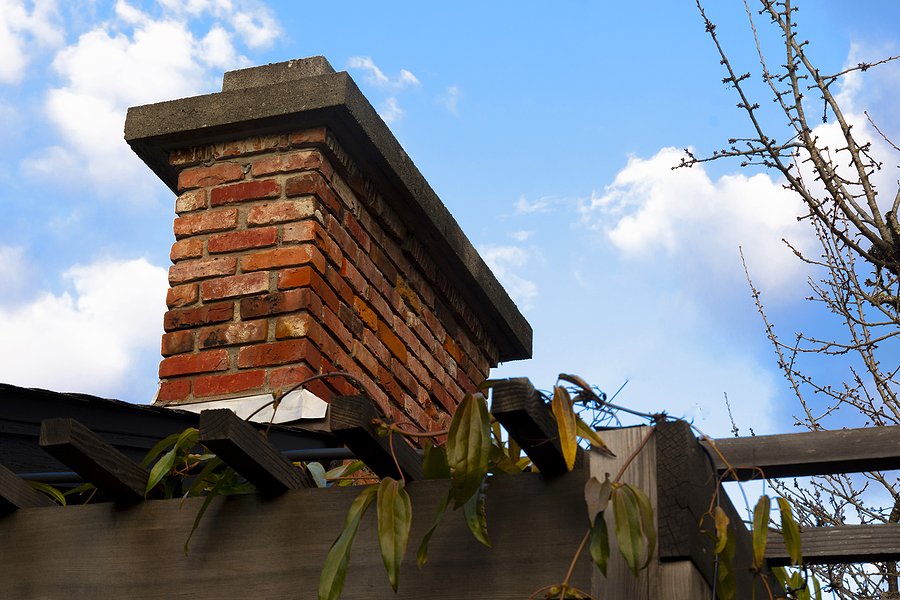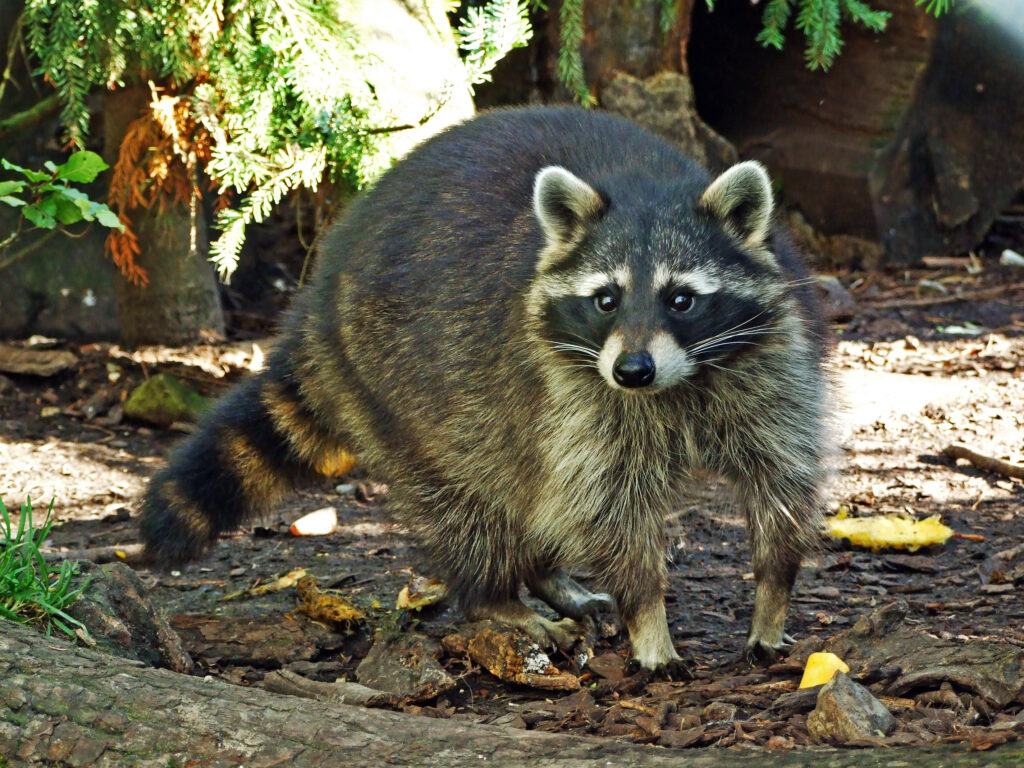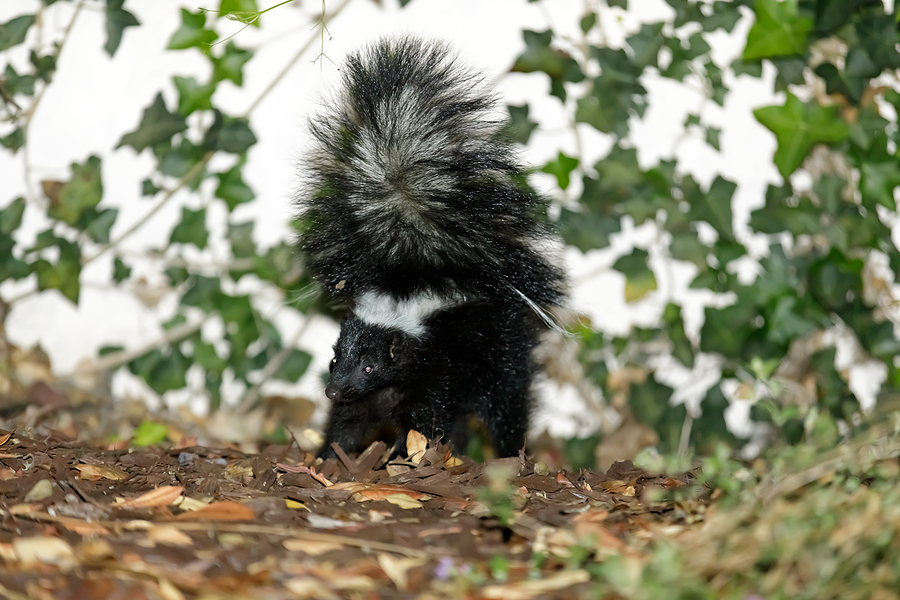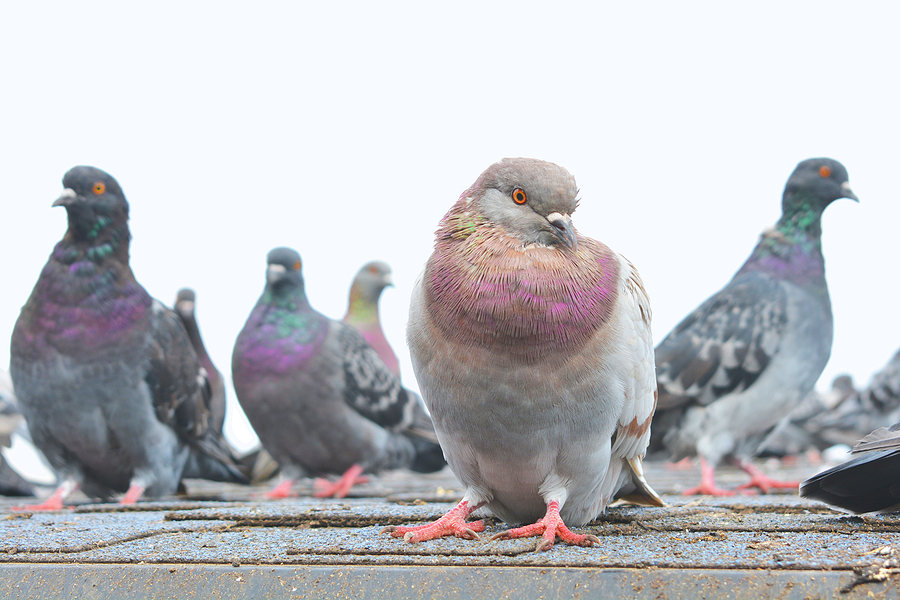Moles on golf courses can turn the greens into a bumpy obstacle course, hampering game-play and ruining the aesthetic appeal. Managing these small yet destructive creatures requires a delicate mix of knowledge, patience, and effective mole control strategies. This blog post discusses some key insights and tips for successful golf course mole control. Whether you’re a golf course manager, a greens keeper, or just a golfer tired of these pesky intruders, these animal mole removal tips will help you keep the fairways smooth and mole-free.

Identify the Impact of Moles on Golf Courses
Before beginning any mole removal efforts, it’s important to understand the damage they can cause. Moles are burrowing creatures that dig tunnels and create mounds of soil above their nests. When these mounds cover a golf course’s greens, it leads to uneven surfaces and potential safety hazards for golfers. Moles also tend to consume the grass and other vegetation, leaving behind barren patches of dead turf.
Choose the Right Mole Control Strategy
There are several different methods you can use to get rid of moles on a golf course. These include trapping, repelling, and killing with poisons or other toxins.
Mole Trapping – Traps are generally considered the most humane option, but they can only be placed and managed by licensed wildlife control operators.
Mole Repellent – Repellents can help keep moles away from your golf course, but they won’t necessarily get rid of them altogether. Common ingredients used include castor oil, garlic, and certain plants, like marigolds and geraniums.
Mole Poison – Baiting with poison is a possible solution but it involves a high risk to other wildlife or humans who come into contact with the poison. Mole poisons, or any wildlife poisons, are not recommended for use on residential and commercial properties.
Make Use of Natural Barriers
The best way to keep moles off a golf course is by keeping them out in the first place. Installing barriers made from steel mesh, plastic netting, or other materials can help prevent moles from getting close enough to dig their tunnels and create mounds of soil on your greens. Additionally, these barriers can also help keep out other burrowing animals such as voles and gophers that might be attracted to the same areas.
Maintenance Tips for Golf Courses
Regular maintenance of a golf course is essential for successful mole removal. This includes mowing the grass at regular intervals, dealing with any drainage issues, and ensuring that the turf is fertilized and aerated on schedule. These tasks help create a healthy environment for grass growth, making it difficult for moles to set up tunnels and find food sources.
Repairing molehills and mole tunneling is another possibility. You can do this by gently filling in the mounds and tunnels with soil and lightly compacting them. This helps keep the surface of your greens even, preventing potential safety hazards for golfers.
What to Do if You Spot a Mole on a Golf Course
If you spot a mole on the golf course, it’s important to act quickly. Contact a professional wildlife control service in Indianapolis as soon as possible and they will be able to take the necessary steps for safe and humane yard mole removal.
Final Thoughts
Mole control on golf courses can be a tricky task, but with a combination of good maintenance practices and effective animal removal strategies, you can make sure your fairways remain smooth and playable. The key is to identify the damage caused by moles and choose the best control method for your particular situation. With a bit of patience and persistence, you can keep these pesky animals off your greens and out of sight.
Hopefully this blog has given you the information you need to keep your golf course mole-free! If not, we can help. Contact Modern Wildlife Control at 317-847-6409 for licensed and insured animal mole removal services in Indianapolis, Indiana. Our animal removal trappers will be able to provide more specific guidance tailored to your particular wildlife control needs. We serve both residential and commercial clients!
Related Posts:
Unearthing the Secret: Effective Strategies for Yard Mole Control
Top 3 Methods to Get Rid of Moles in the Yard
Are Moles and Voles the Same Animal?

